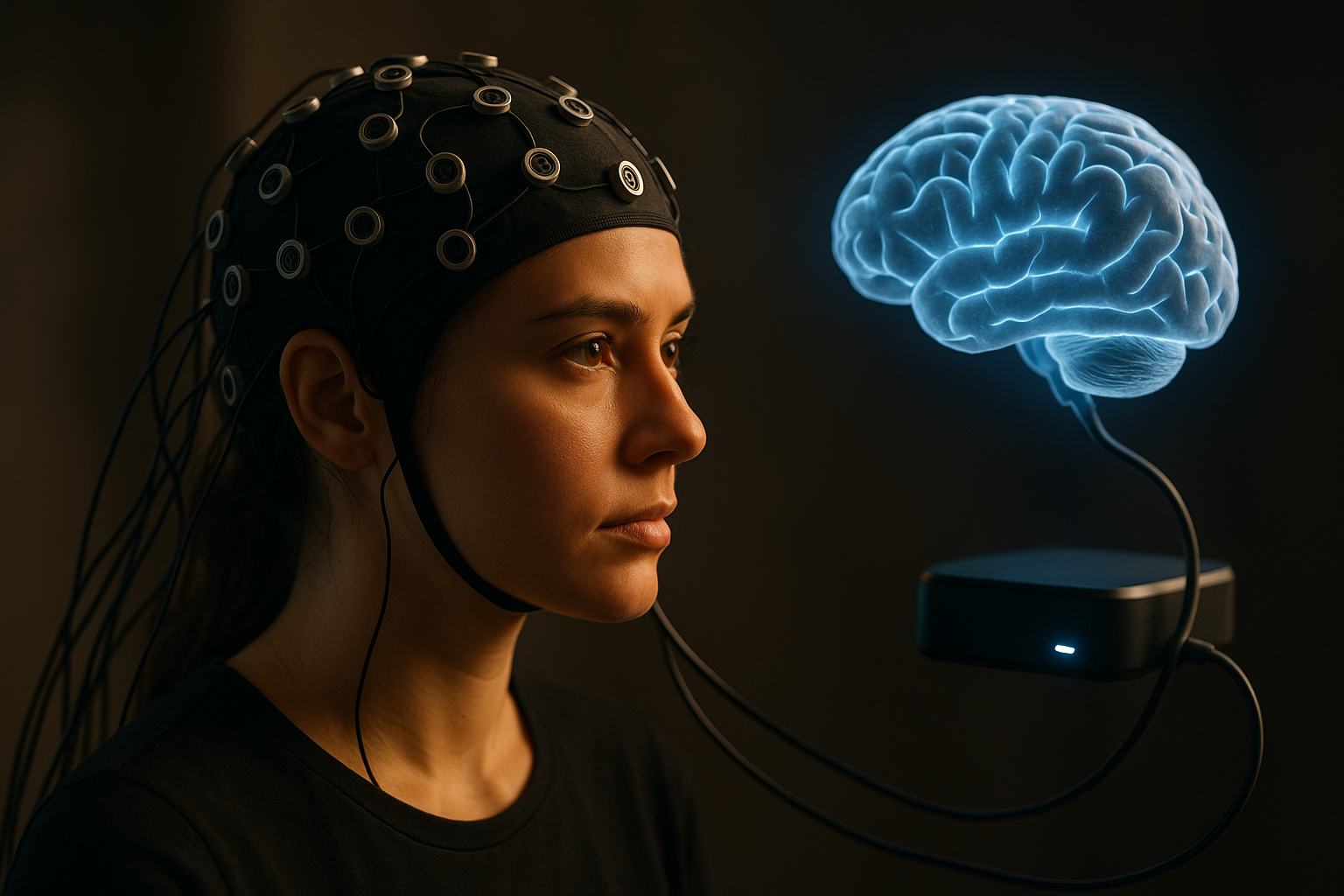Introduction: A Technological Paradigm Shift
We are on the brink of a technological revolution that promises to redefine the synergy between human intelligence and artificial intelligence. While much of the current discourse focuses on generative AI and developments by companies like OpenAI, a quieter yet equally transformative evolution is occurring in the realm of brain-computer interfaces (BCIs). Companies such as Elon Musk's Neuralink and Sam Altman's Merge Labs are pioneering efforts to integrate AI directly with the human brain, potentially unlocking capabilities once considered science fiction.
The Promise of Brain-Computer Interfaces
Brain-computer interfaces are a suite of technologies that allow for direct communication between the human brain and digital devices. This interaction could soon enable astonishing capabilities, such as controlling computers through thought alone or using targeted electrical impulses to enhance cognitive functions like focus and sleep. Additionally, BCIs hold the promise of revolutionizing medical treatments, offering new therapies for conditions like depression, PTSD, and even sensory impairments like blindness.
Invasive vs. Non-Invasive BCIs
A key distinction within the BCI field is between invasive and non-invasive methods. Invasive BCIs involve surgically implanting devices within the skull, directly interfacing with brain tissue. This approach promises high precision but comes with significant medical risks and ethical considerations. Conversely, non-invasive BCIs utilize external sensors to read brain signals, offering a less risky but potentially less precise alternative. Understanding this divide is crucial for appreciating the future trajectory of BCI technologies.
Pioneers in the Field: Neuralink and Merge Labs
Neuralink, founded by Elon Musk in 2016, has become synonymous with the cutting edge of BCI development. The company aims to create devices that allow humans to communicate with computers and other devices at the speed of thought. Meanwhile, Sam Altman's Merge Labs is a newcomer with ambitious goals, seeking to integrate human and artificial intelligence in a seamless manner. Both companies are at the forefront of a rapidly evolving industry, poised to bring BCI technologies into mainstream use.
Applications and Implications
The potential applications of BCIs are vast and varied. In the medical field, BCIs could offer novel treatments for neurological disorders and disabilities, potentially restoring lost senses or controlling prosthetic limbs with the mind. In everyday life, BCIs might revolutionize how we interact with technology, offering new ways to work, play, and communicate. However, these advancements also raise ethical questions about privacy, consent, and the potential for misuse.
Conclusion: A Future Within Reach
The field of brain-computer interfaces is advancing rapidly, with significant investments and research pushing the boundaries of what is possible. As these technologies develop, they will likely play a crucial role in shaping the future of human-AI interaction. Now is the time to pay close attention to this burgeoning field, as its impact on society could be profound and far-reaching.
Sources
This article references: Forbes




Comments
Leave a Comment
No comments yet. Be the first to comment!